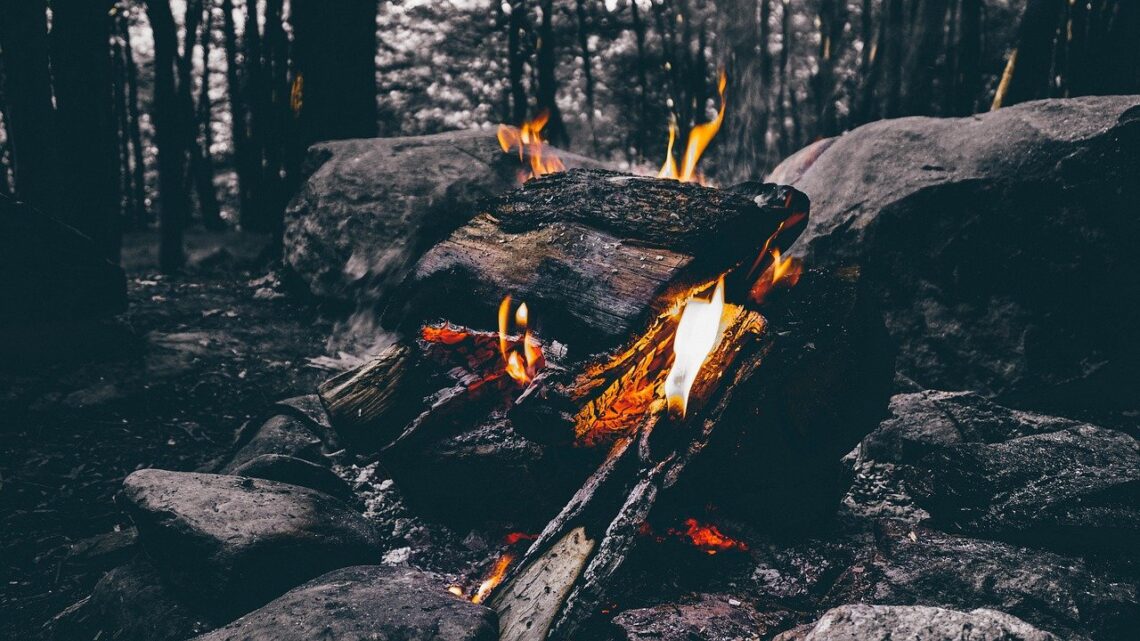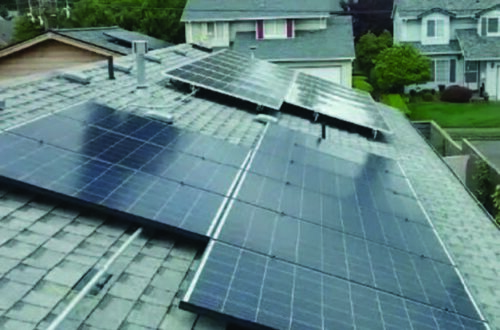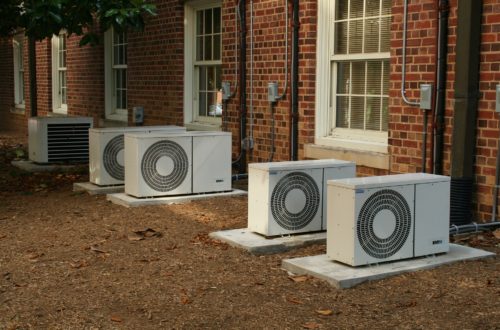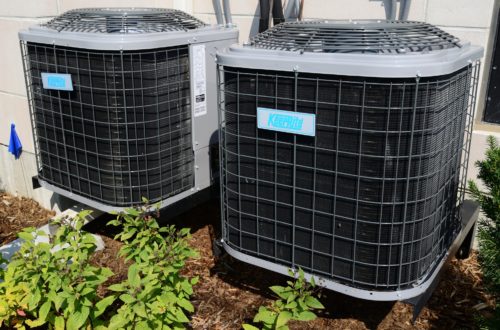Balancing the Sources of Heat in the Home Landscape
Take a leaf. No, actually, don’t you dare touch that leaf! Well, why?
It’s dead. No good to me now. Well, actually, it’s as valuable now as when it was on the tree.
Why? Because it’s going to rot and then become another tree that produces other leaves. Composted leaves are free fertilizer. They’re nature’s oldest form of recycling.
The Xerces Society is a non-profit trying to help wildlife, especially pollinators (bees, butterflies, etc.) and endangered species. A few years ago, they promoted a “Leave the Leaves” project in the fall, so there would be protected places for wildlife over the winter.
So, what does this have to do with heat? As most of us have experienced in the last 2 years, heat from the sun and heat from wildfires have become some of the planet’s most pressing problems.
While we can control neither, we can take steps in our home gardens to reduce their harm to us, our plants, pets, and landscapes. But advice about how to do that is often in conflict simply because protection against one cause often exacerbates another.
Like the Xerces Society, Extension Services throughout the country recommend using mulch of various types in vegetable gardens, around woody and herbaceous plants, and even mowed grass in lawns. Mulch helps to keep the soil cool, reduces evaporation of soil moisture, and, by preventing sunlight from reaching the soil, fewer unwanted plant species (“weeds”) can germinate. And, as mulches decay, they nourish the soil beneath them.
But multiple governmental agencies, from the Federal, state, and local levels, recommend removing dried and drying organic materials since they become a rich source of fuel in the event of fire reaching them. Fire prevention agencies recommend landscaping so that there is a perimeter around a structure, with fire-resistant plants kept at safe distances from one another. This has become known as “firescaping” or “firescape landscaping,” details of which are available online.
This is related to another horticultural concept: xeriscaping. “Xeris” is the Greek word for “dry,” and landscaping with plants that require little if any supplemental watering helps conserve scarce water. Many plants within this category store water in their tissue (think cactus), so they are less likely to dry out and become fodder for a wildfire.
Many of us purchased or inherited property with a landscape already in place, often with mature trees and shrubs, dense and close to our homes, barns, and garages, among others. We may not have the means or the interest in removing and replanting to maintain a space to resist or slow down an encroaching fire. Although the fire may come overnight, firescape solutions do not.
There are measures that homeowners with established landscapes can take, including planning future landscaping to prevent a disaster. For example, trees and shrubs die naturally and can be removed so they don’t provide fuel. In addition, gardens can be relocated for next year’s use to utilize these concepts. Although laws and regulations (and recommendations) vary by region, they have one thing in common: gardening to reduce risk. Here are some ideas adapted from the California guide cited below:
• Remove all dead plants, plant tissue, and weeds. Remove dead leaves, grass, twigs, bark, cones, and needles around the house, and from roofs, decks, and gutters.
• Trim trees to keep limbs at least 10 feet away from other trees.
• Remove or prune flammable plants near windows and doors.
• Keep woodpiles atop native soil and at least 10 feet from other flammable materials.
Balancing heat and fire is challenging, but similar critical actions are keeping plants healthy, pruned, and well-watered; and researching and replacing plants that can thrive in dry environments and present fewer fire opportunities.
Further information
• This USDA Forest Service publication lists plants recommended to make your property less vulnerable in the event of a fire: view here bit.ly/3MflfKi
• This article from Washington State of Natural Resources has links to available resources in that state: view here www.dnr.wa.gov/firewise
• And here is a great California article about zones and what you can do to manage your property safely: bit.ly/3wgcp9v

Kristena LaMar has been a Master Gardener (and Master Recycler) since 2013. She is a speaker with the Clackamas County Speaker’s Guild, and a member of the Extension Ask an Expert panel. She is also a lawyer and a retired judge.






